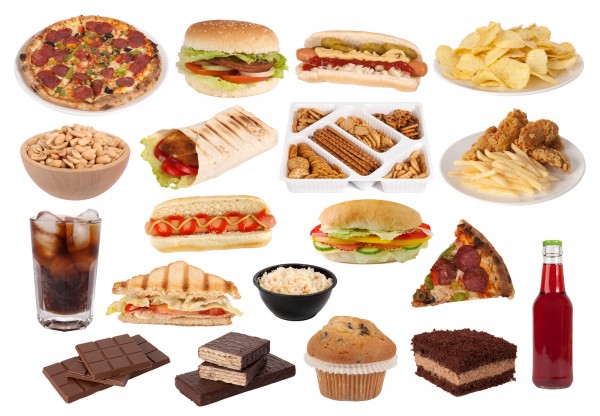Controlling Your Carb Intake

People with diabetes learn that carbohydrate, the nutrient that provides energy for the body, has a big impact on blood sugar levels. Eating too much carb can lead to high blood sugars, while not eating enough carb can lead to low blood sugars (if you take insulin or certain types of diabetes pills). Carbohydrate is not a bad nutrient; we all need carbs. The key is to balance or control the amount that you eat. These tips can make it easier for you to enjoy your carbs in a healthy manner.
- Know where your carbs come from. What are the carb foods you usually eat for your meals and snacks? Remember, carbs are found in:
- Starchy foods, like bread, bagels, pasta, cereal, crackers, grains
- Fruits and fruit juices
- Starchy vegetables, like corn, peas, potatoes, winter squash, beans
- Milk and yogurt
- Sweets, like cookies, ice cream, candy, cake
- Some beverages such as soda and soft drinks
Keep track of your food intake for a few days to recognize your carb choices and how much you’re actually eating.
- Watch out for hidden carbs. Foods and beverages can have hidden carbs. Sports or energy drinks, coffee drinks (like café lattes and flavored iced coffees), fat-free salad dressings, ketchup and breaded foods all contain carbs.
- Balance your plate. Eating too much of any one type of food– carbs, protein or fat – isn’t healthy. An easy way to make sure that you’re getting your nutritional needs is to use the plate method. Aim to fill half of your plate with vegetables, a quarter of your plate with protein foods, and the other quarter with healthy carbs. Add some heart-healthy fats and a piece of fruit and you’re good to go.
- Read labels. The Nutrition Facts label can be tricky to understand. Start off by looking at the serving size at the top of the label. One serving of a particular food or beverage is what all of the nutrition information is based on. One serving is not necessarily the amount in the package, or the amount that you’ll actually eat. For example, if one serving of granola is ¼ of a cup, but you eat ½ cup, you need to double the calories and carbs listed on the label. Speaking of carbs, always look at the grams of Total Carbohydrate on the label. Every 15 grams of carb equals one serving of a carb food. The grams of sugar and fiber are included in the total carb amount.
- Choose lower carb snacks. Snacking has a lot of benefits, such as controlling hunger and evening out blood sugars. But grabbing a handful of crackers or loading up on fruit can easily add up in terms of carb grams. It’s okay to include some carb at your snack, but try to limit it to about 15-20 grams. Round out the snack with low-carb raw veggies, a small handful of nuts or a protein-rich hard-boiled egg.

